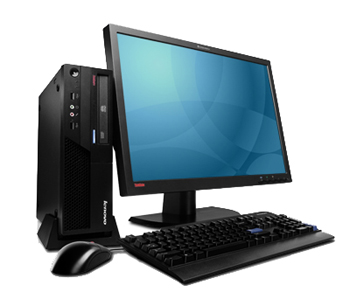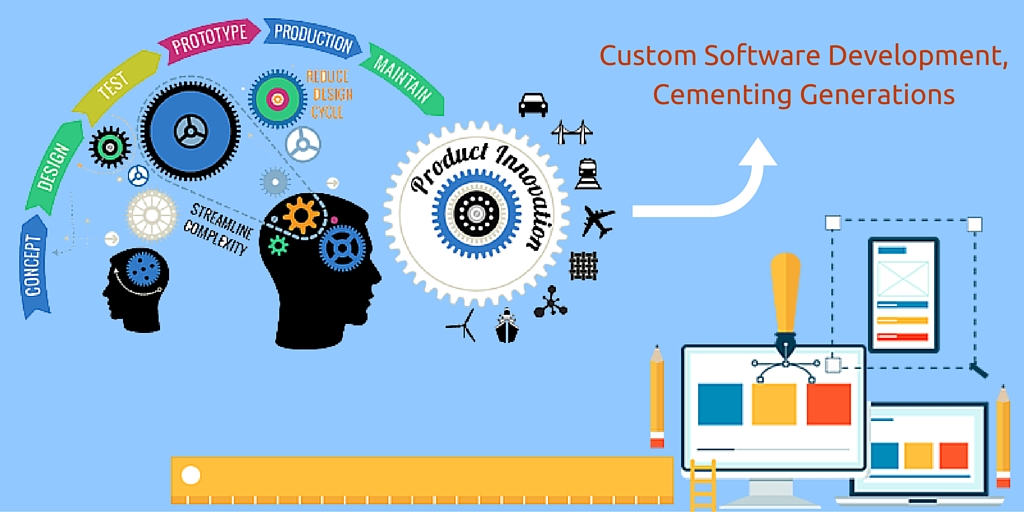Learning Management Systems (LMS) are highly beneficial for your business. Not only do they help you offer seamless training to employees, they also allow you to save up valuable time and money. However, if you have already invested in a learning management system that you now find unsuitable for your business, you may have to switch your current LMS and get a new one that caters to the training needs of your organization.
Switching from a current to a new LMS can be quite a hassle and many of you would be unwilling to do so. However, switching to a new system will save you ample amount of trouble. Here are some tips to help you smoothly transition to a new LMS and avoid the stress that accompanies the switch.
Define the Problem & List the Requirements
The first and foremost step when you decide that you need to switch to a new LMS is to define your problem areas and know exactly what the reasons are that are making you switch to a new LMS. The main problems that you might face will include obsolete technology, recurring costs, poor IT support, etc. All these problems can be traced back to 3 crucial root factors; the product, the vendor or the cost.
Once you have noted down the problems you are facing with the current LMS and the reasons why you can no longer work with it, it will be easier decide what you would need in your new LMS that would overcome the shortcomings of the existing LMS.
Make a list of all the services and facilities that you require of the new system and note down what you expect from your new LMS. This will aid your team in selecting the best and most suitable LMS for your organization.
Assess Feasibility and Identify Critical Technical Challenges
You will need to assess whether it is feasible for your firm to switch to a new LMS. You will have to take into consideration the costs, employee willingness and other factors to ensure whether it will be feasible to make such a decision. Your key stakeholders must be included in the decision making process and should understand the reasons for the switch.
You must also identify the many technical challenges that your firm will come across while switching to a new LMS. Some of the main challenges may include data migration, employee adoption willingness, workflow management, training history, capability of the current team to cope with the new LMS, etc.
It is crucial to thoroughly discuss these matters with your team as well as with the potential vendor in order to avoid any glitches in the switch.
Data Migration
When you finally decide which Learning Management System (LMS) you will be using, you will need to move all your data from the old system to the new one. This is a critical step in the switching process as both the systems would have very different workflows and databases. This step is a huge challenge in the switching process and needs to be properly planned and mapped out in order to avoid any data loss. The types of data that need to be migrated are:
Content – This includes the various learning material developed for training purposes. It also includes the learning curriculum, certifications, etc.
Training Records – This includes records of all the training sessions that were started, in progress or completed by users.
User Generated Material – This includes the content that the users may have generated while using the LMS. This material can include details of discussion forums and chat-rooms, expert queries, issues, social learning modules, interaction with instructors, line managers, etc.
Miscellaneous Information – This includes other data like user profiles, instructor profiles, various announcements, certificate templates, etc.
Orient the System
Once the new system has been installed, it is fundamental to orient the system to the users in order to familiarize them with the new LMS as well as obtain their feedback on it. This is really important as the users will be the ones who will be utilizing the system the most. They need to be comfortable with the new system in order to make the most of it.
Following these key steps will help your organization to smoothly transition to a new LMS. Planning the transition is important as it will enable you to avoid unnecessary hassle and successfully migrate to the new system.




